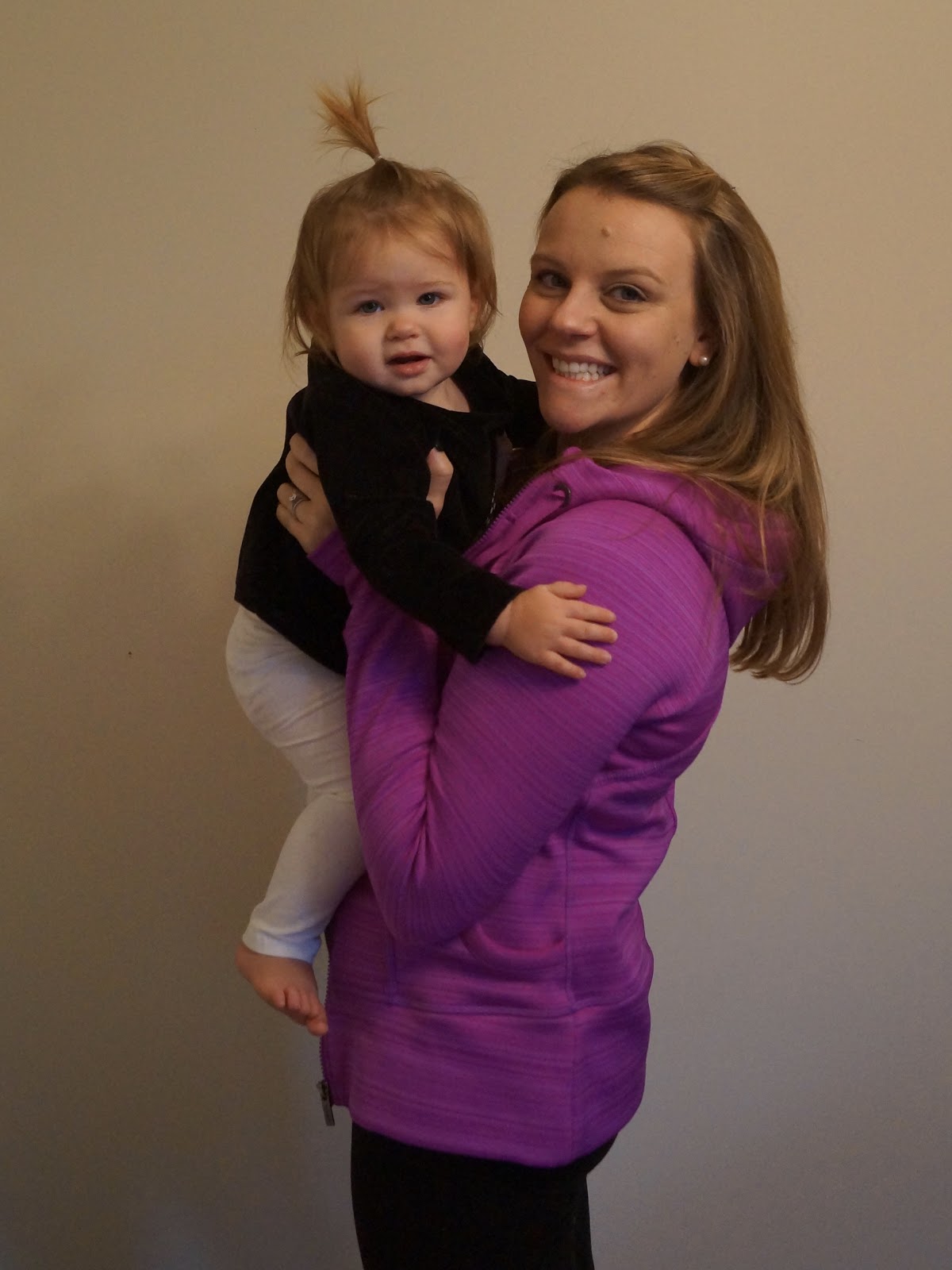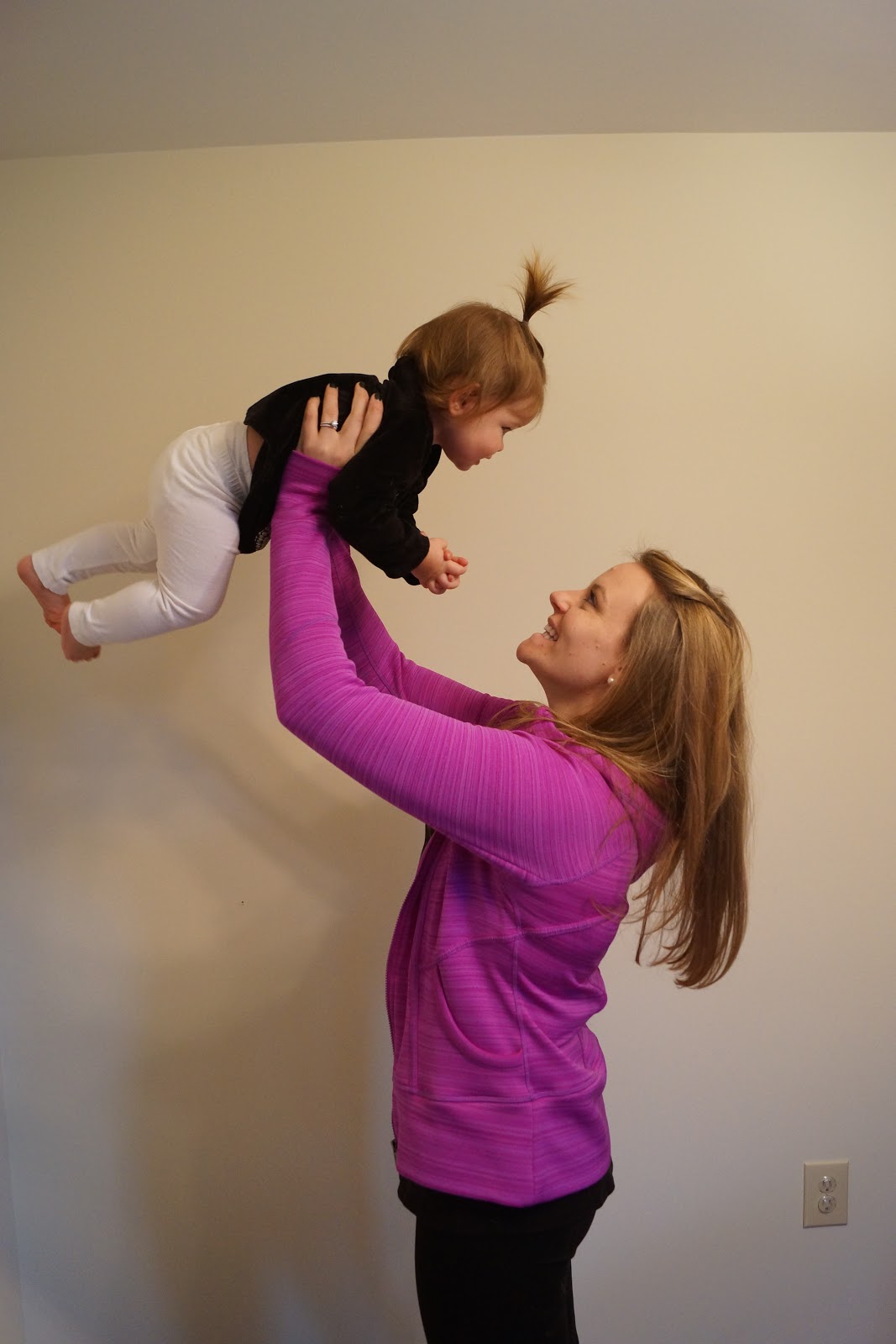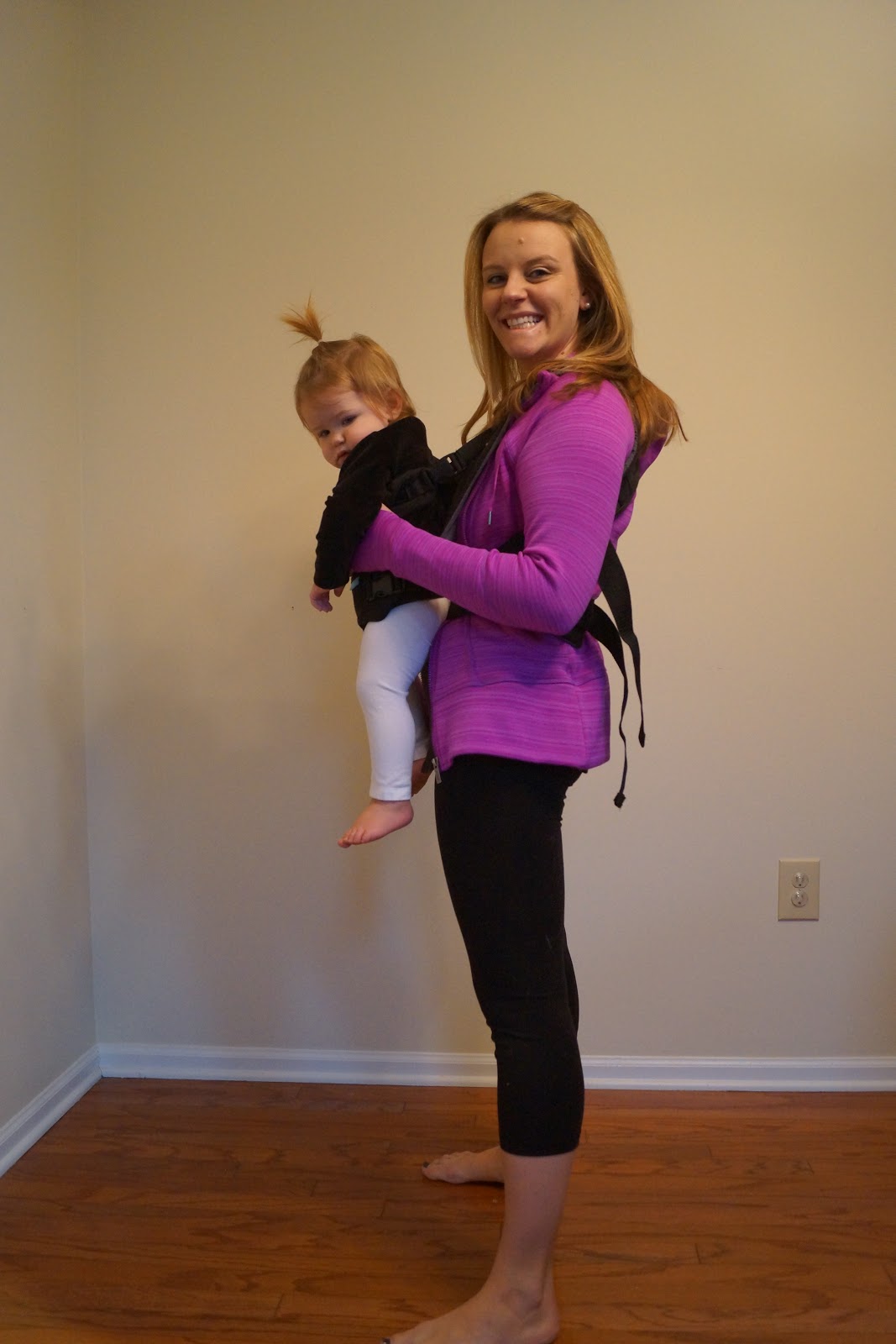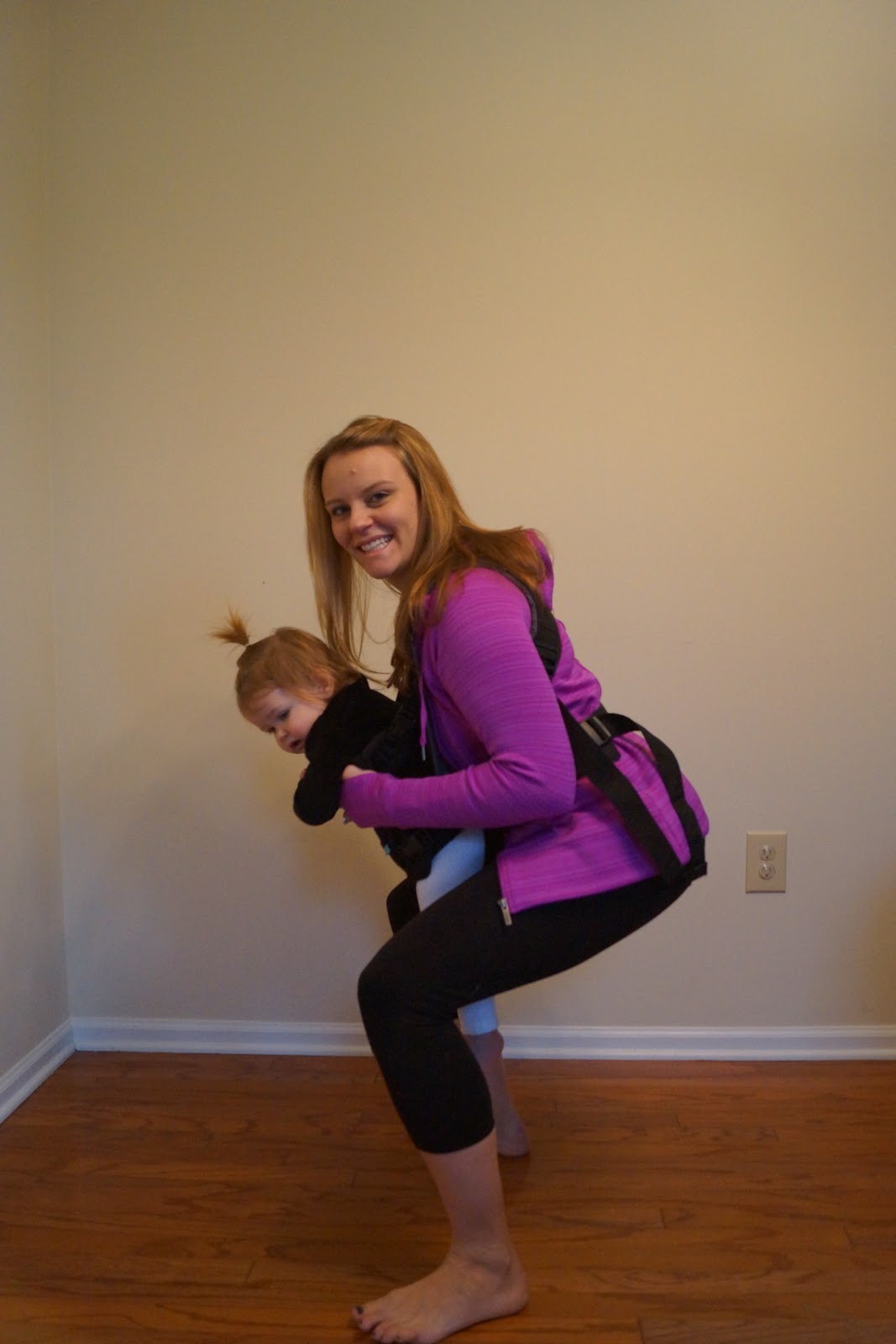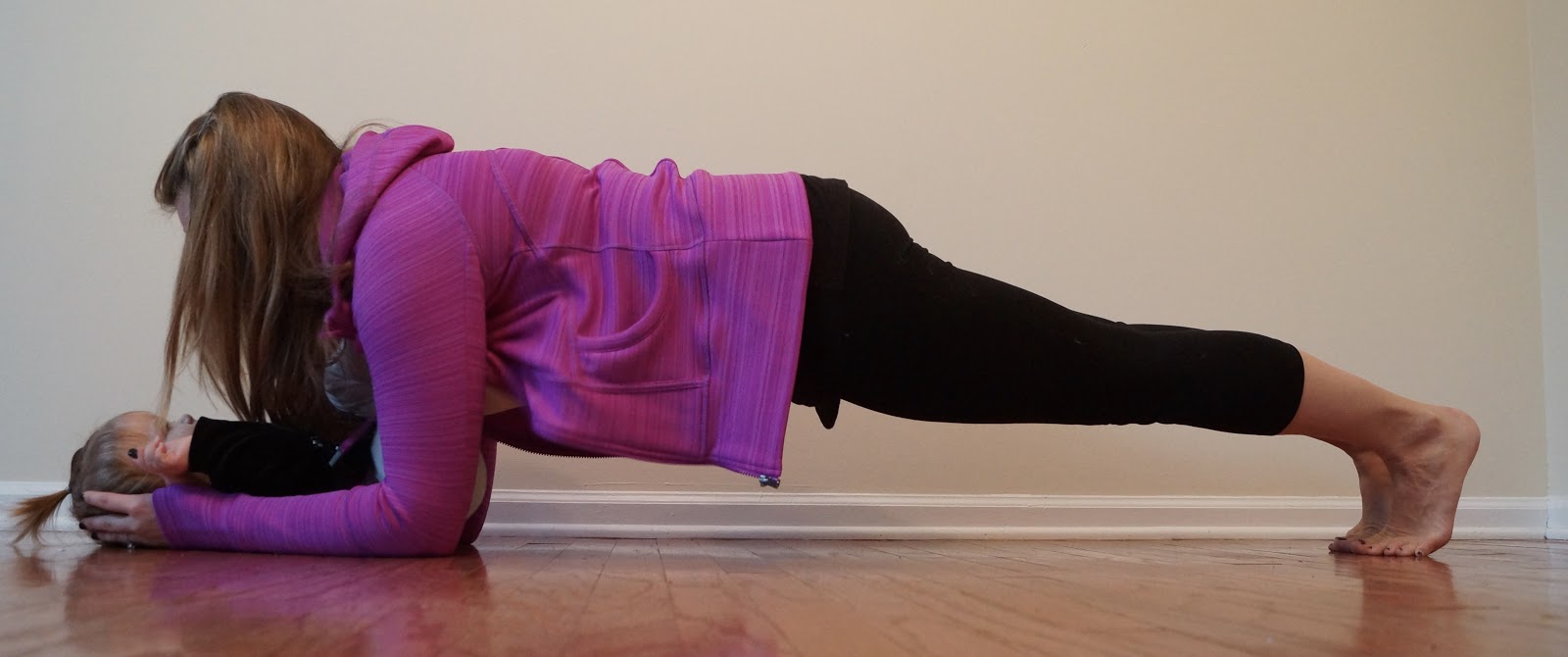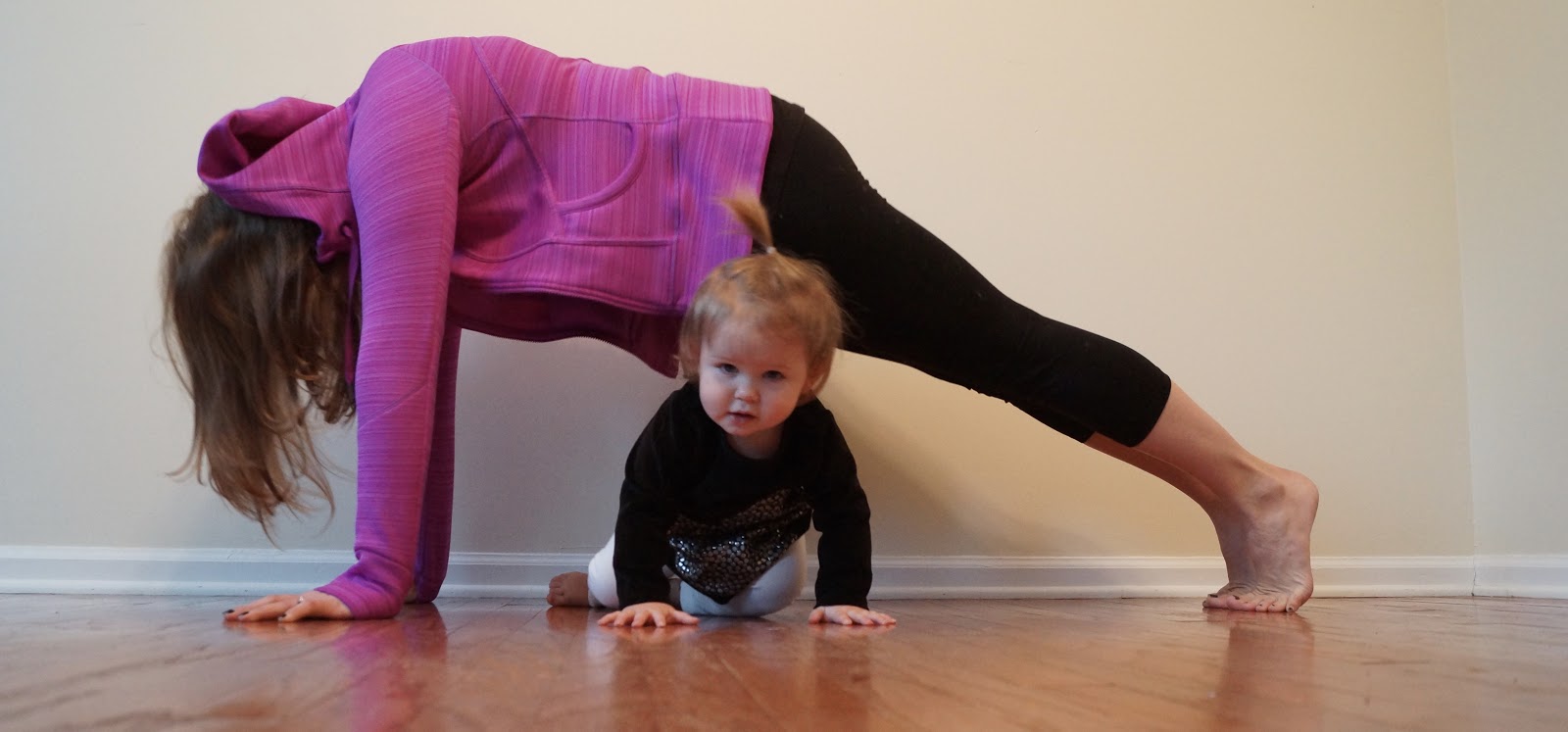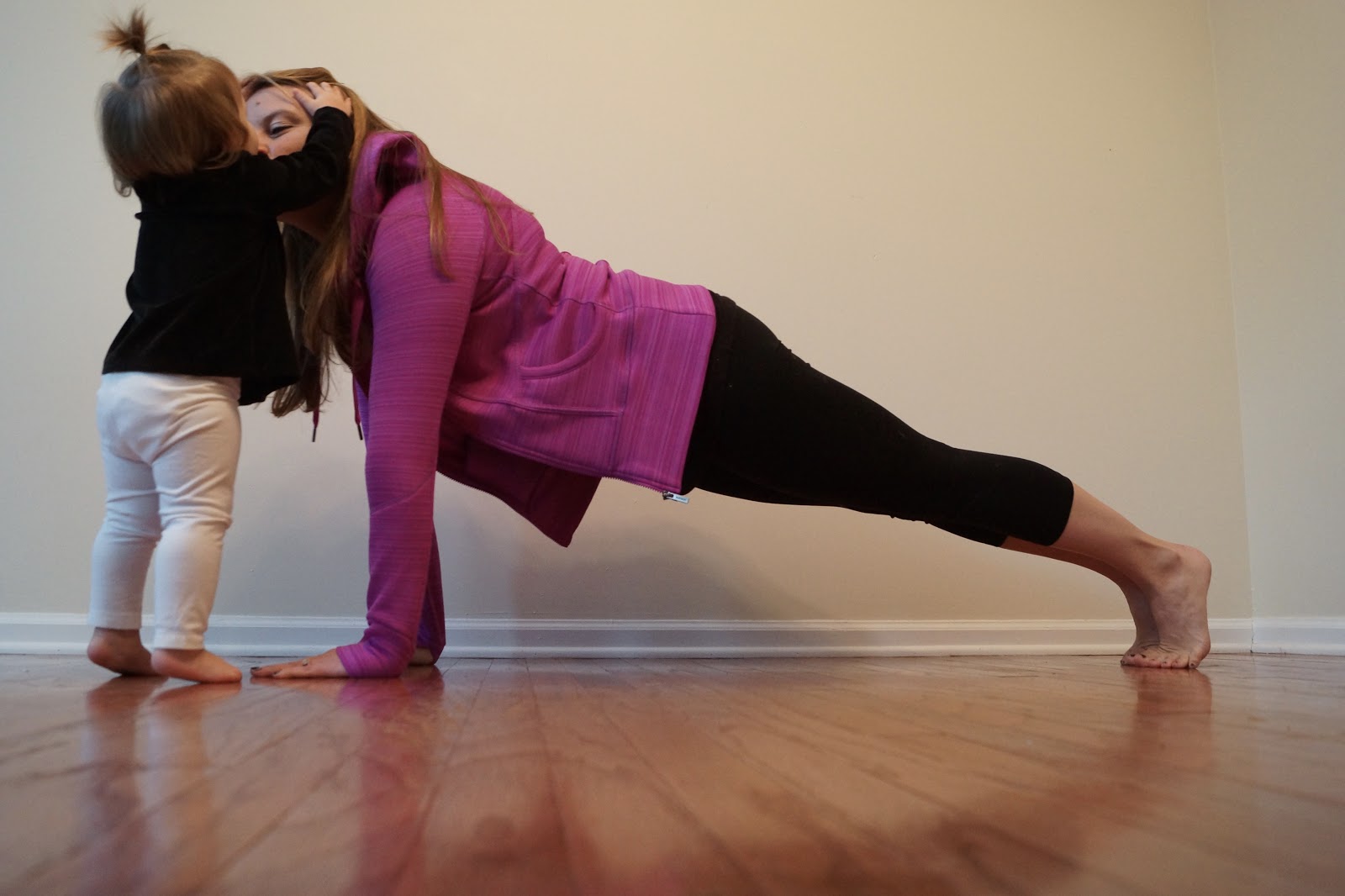Exercising After Baby
By Dr. Kristen Jayson, DPT
Congratulations on the newest addition to your family! Whether you’re a first time mom or a seasoned veteran, having a new baby can be a challenging time. Exercising may or may not be on the forefront of your mind; however it’s really great for both you and baby. Most everyone knows the benefits of exercise, but did you know that regular exercise after having a baby can help to decrease stress levels, increase your energy and help you sleep better? Not to mention improve your overall fitness and help get you back into those skinny jeans!
pasted-image-0
As a new mom it’s easy to find excuses not to exercise - you don’t want to spend on a costly gym membership, you don’t want to take time away from your little one or you don’t want to leave your baby at a daycare. The great thing about the exercises below is that they can all be performed in and around the comfort of your own home, on your own timeline!
The American Congress of Obstetricians and Gynecologists recommends 150 minutes of moderate intensity exercise weekly. Aim to start slowly, as soon as you feel up to it. Start with a few exercises to promote muscular activation of your pelvic floor and the surrounding muscles, which have been under a lot of stress supporting your little one for the past 40 weeks. Ideally you’ve been doing Kegels for months, but if you’ve fallen off the train below is a refresher. Another great exercise to incorporate in order to start gradually strengthening your abdominal muscles is the pelvic tilt.
A Few Easy Exercises to Get you Started
Kegels
Contract your pelvic floor musculature (the muscles you would use to stop urinating)
Relax all other muscles, including your buttocks, legs and abdominal muscles
Don't forget to keep breathing.
Practice short, quick contractions as well as longer, sustained contractions
As you feel more comfortable, try kegeling in different positions, such as sitting/standing
Advance further by kegeling during activities such as climbing stairs or lifting groceries
Pelvic Tilts
Lie on your back with both legs bent, feet flat on the floor, and tighten your stomach. Tilt your pelvis backwards to flatten your lower back on the floor
Hold for 5 seconds. Start with 2 sets of 10 repetitions
When that feels easy, advance by performing the tilt, then slowly lifting one foot a few inches off the ground, place your foot back down and repeat with the other leg, maintaining the pelvic tilt
Further advance by straightening one leg, sliding along the table and slowly returning to your starting position, repeat with the other leg, maintaining pelvic tilt
Walking
Another form of exercise, often overlooked, is walking. As soon as you feel up to it, start slowly walking around the neighborhood with your bundle of joy in a stroller/carrier. Start with 10-15 minutes and gradually increase. If you’re sore or very fatigued the next day, scale back a little bit for your next walk.
Some great strengthening exercises to start incorporating can easily be done using your baby as added weight. As you get stronger, your resistance gradually increases as baby grows! Most doctors recommend waiting until 6 weeks after a vaginal delivery to start exercise, make sure you check with your own physician. Also, don’t lift your baby away from you until he or she has good head control, generally around 3-4 months.
Bridging
dsc06474
Start by lying on your back, both knees bent, feet flat on the floor
Contract your glutes, lifting your hips off the floor towards the ceiling
Hold for 5 seconds, slowly lower hips back down to the floor
Repeat 10 times, perform 2-3 sets
Start with baby lying on your chest, advance to baby sitting on your hips for added resistance
Chest Press
Start: Lying on your back, both knees bent, feet flat on the floor (same as bridge), hold your baby right above your chest, elbows bent
Contract your abdominals, performing the pelvic tilt from above, slowly straighten your arms, lifting baby up (as long as they have good head control!) towards the ceiling, pause, and slowly lower back down to starting position
Repeat 10 times, perform 2-3 sets
dsc06487
Shoulder Press
Start: standing with feet about shoulder width apart, hold your baby so you are face to face
Contract your stomach to protect your back, as you lift baby up to the ceiling, pause and slowly lower baby back down to starting position
Repeat 10 times, perform 2-3 sets
Squats
Start: standing with feet about shoulder distance apart, wear your baby in his or her favorite carrier (making sure they’re facing in towards you until they are able to stand on their own, to prevent any unnatural stresses on their hips)
Lower your seat back, like you are going to sit in a chair, making sure to push your knees out, so that your knees stay aligned over your feet
Tip: It’s a great idea to start in front of a mirror so you can see what your knees are doing
Repeat 10 times, perform 2-3 sets
Lunges
dsc06531
Stand up tall, wearing your baby in his/her favorite carrier
Step one foot forward, bending both knees
Make sure your front knee doesn’t go forward past the your toes, ideally both knees will be at a 90 degree angle
Return to your starting position
Repeat 10 times, perform 2-3 sets on each leg
Advance by adding a twist - when in lunge position with both knees bent, slowly twist to the right and then the left
Plank
One of the best core stabilization exercises for you!
Start on either on your forearms or up on your hands, elbows straight but not locked.
Step your knees or feet backwards, so that your body is a straight line
Keep your core tight, pulling your belly button up toward your spine
Aim to hold for 20 seconds to start and gradually increase the length of your hold, repeat 2-3 times
Warning - when your baby is mobile, you may turn into a bridge or you might be lucky enough to get kisses to distract you from your plank!
Additionally, there are exercise groups you can join, specifically for moms and their little ones. Many groups offer classes such as stroller walking at the local park or mall, depending on the weather, or yoga where both you and baby are welcome!
Please keep in mind that these are general guidelines for an uncomplicated pregnancy with vaginal delivery. If you underwent a c-section, many physicians suggest waiting until 8 weeks to begin exercising. Make sure you communicate with you doctor in order to do what is best for you!
